
Are membrane switches easy on hands?
Are membrane switches easy on hands?
Are membrane switches easy on hands?The answer is yes. With its unique structure and characteristics, membrane switches have shown extremely high operational convenience in many aspects. Membrane switches adopt a flat design, without protruding buttons and knobs, and the overall appearance is simple and beautiful. Compared with traditional mechanical switches, membrane switches do not take up too much space and do not affect the overall appearance design of the device.
Are membrane switches tactile?
Membrane switches are tactile switches. Membrane switches realize the switching function through tactile feedback. When the user presses the membrane switch, the finger will feel obvious feedback. This feedback is achieved through the physical structure of the membrane switch.
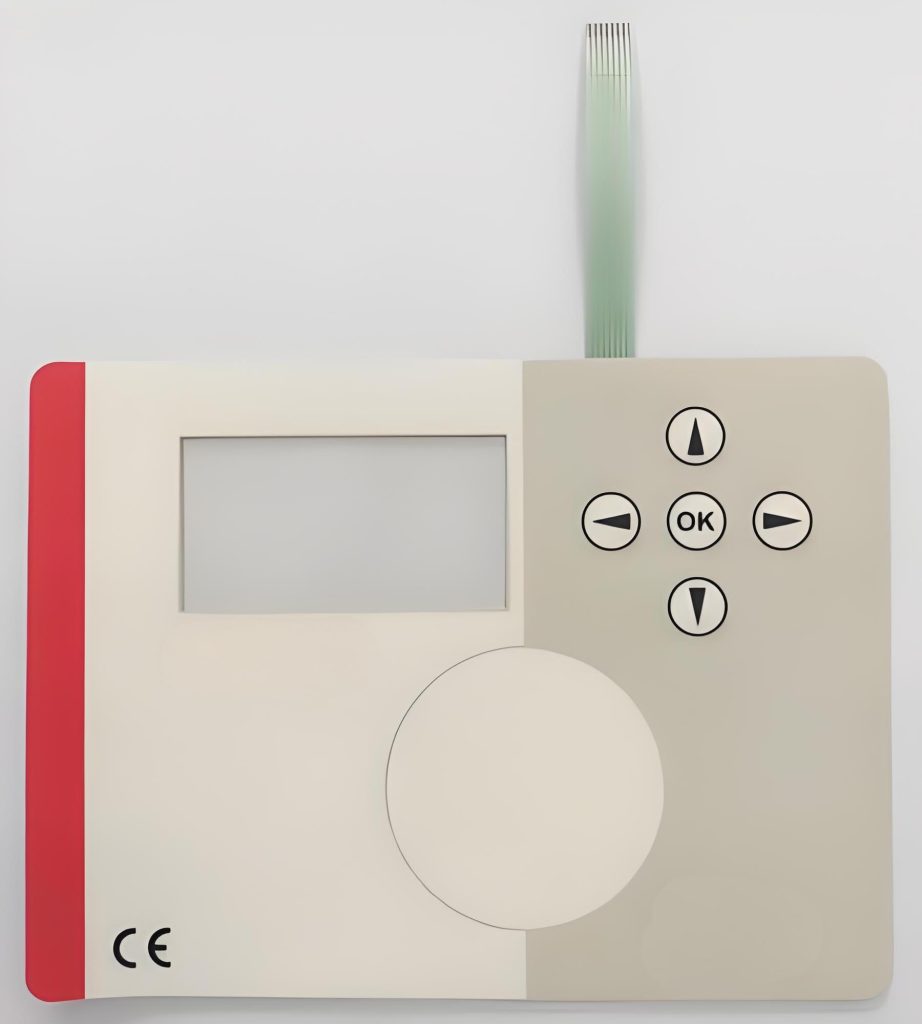
Membrane switches are usually composed of a multi-layer structure, including a panel, a surface glue, an upper circuit, an isolation layer, a lower circuit and a bottom glue. When the user presses the membrane switch, the contact of the upper circuit deforms downward and contacts the plate of the lower circuit, thereby triggering a signal. When the finger is released, the contact of the upper circuit rebounds and the circuit is disconnected.
Features of membrane switches
- Tactile feedback: When the user presses the membrane switch, he will feel obvious physical feedback.
- Simple structure: It is composed of a multi-layer structure, which is easy to manufacture and maintain.
- Beautiful: The panel can be decorated with different colors, patterns and button shapes to enhance the overall aesthetics.
- Durable: The membrane switch can withstand a high number of operations without deformation and has high durability.
Application fields of membrane switches
Membrane switches are widely used in electronic communications, industrial control, medical equipment, automotive industry, smart toys and household appliances. Due to its small size, light weight, beautiful and durable features, membrane switches occupy an important position in modern electronic products.
Are switches better than membrane?
Membrane switches and traditional switches have their own advantages and disadvantages. Which switch is better depends on the specific application scenario and needs.
Advantages of membrane switches:
- Long life: The working life of membrane switches is dozens of times that of ordinary mechanical switches, which can reach more than 1 million times, while the life of traditional switches ranges from 100,000 to 200,000 times at most.
- Small size and light weight: The total thickness of membrane switches is generally between 1.0 and 1.5 mm, which is only equivalent to the thickness of an ordinary aluminum panel.
- Good sealing: The membrane switch is a sealed structure of the whole machine, which has the ability to prevent fire, dust, explosion, and harmful gas corrosion, and adapt to harsh environmental conditions.
Advantages of traditional switches:
- Low cost: The cost and price of traditional switches are relatively low, and there will be no major price adjustments due to changes in market raw materials.
- Simple production: The production process of traditional switches is relatively simple, including stamping molds, injection molding, cleaning, assembly lines, forming, testing, etc.
- Wide application: Traditional switches are widely used in the market, with small size and suitable for a variety of application scenarios.
Application scenario comparison
Membrane switches are suitable for environments that require high reliability, long life and high sealing, such as industrial automation equipment, medical equipment, etc.
Traditional switches are suitable for cost-sensitive occasions that do not require high sealing and environmental adaptability, such as household appliances, small electronic devices, etc.
What are the disadvantages of touch switches?
The disadvantages of touch switches mainly include the following aspects:
- Sensitivity issues: Some touch switches may have problems with fingers not being recognized or needing to be pressed hard, which affects the convenience of use.
- False touch problem: The high sensitivity of touch switches can easily lead to false touches, which in turn cause unnecessary switch operations.
- Environmental impact: Touch switches have high requirements for the environment. Factors such as temperature, humidity, and static electricity may affect their normal operation.
- Installation and maintenance: Touch switches require precise circuit control during installation, otherwise they may not work properly. In addition, touch keys may malfunction after long-term use, and their durability is not as good as mechanical keys.
Are touch switches safe?
The safety of touch switches can be considered from the following aspects:
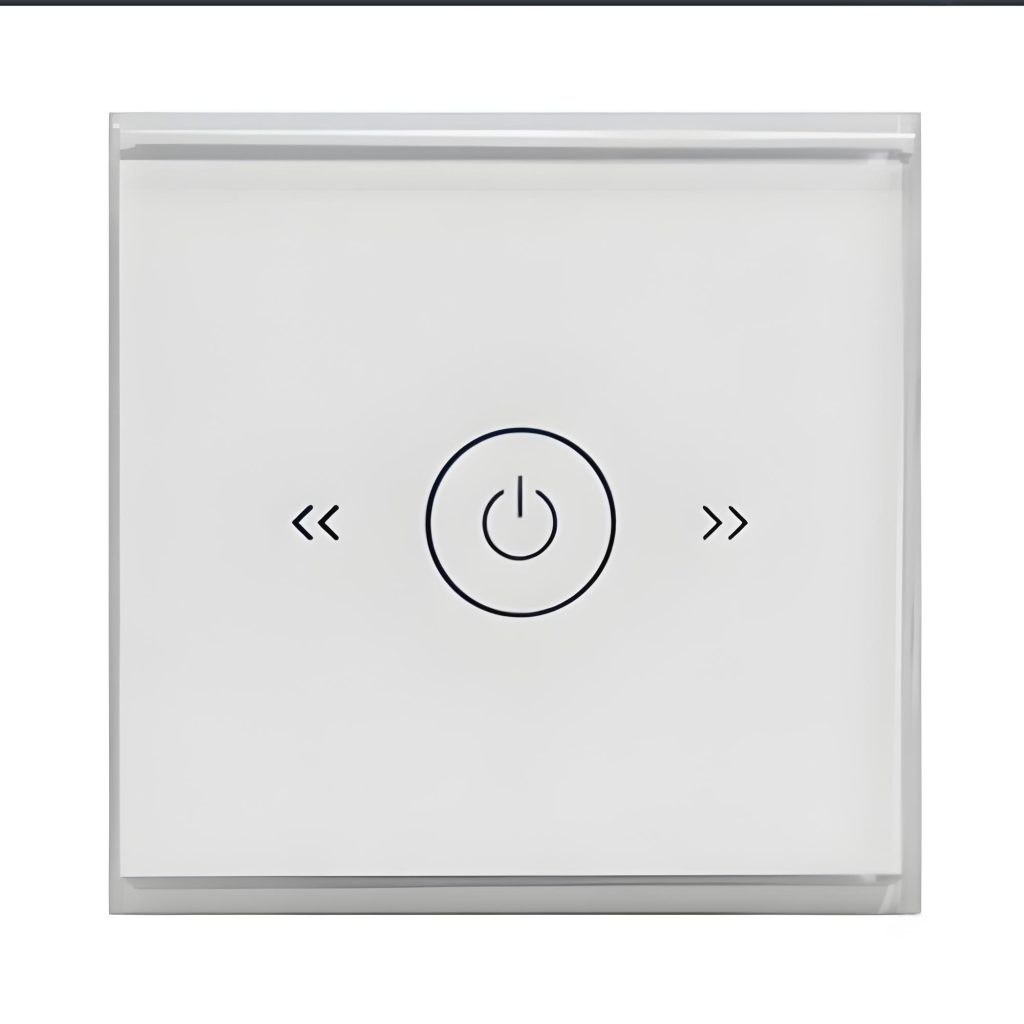
- Electrical characteristics: Touch switches usually adopt a fully enclosed design, which has good waterproof and moisture resistance, reducing the risk of electric shock and leakage.
- False touch risk: Poor design of touch switches may cause false touches and other problems, increasing the risk of use.
- Maintenance: Clean the panel of the touch switch regularly to prevent dust accumulation, ensure its normal operation and extend its service life.
What is the difference between tactile and touch?
Tactile and touch differ in definition and scope.
Tactile refers to the feeling produced when skin, hair, etc. come into contact with objects, including skin sensation caused by mechanical action receptors such as pressure and traction. Touch is the sensory stimulation of temperature, humidity, pain, itching, pressure, vibration, etc. received from the outside world through nerve cells distributed on the skin of the whole body.
Touch is a specific action, which refers to touching an object with a part of the body for a short time, usually through fingers or other parts of the body. Touch is a behavioral action, while touch is a sensory process.
What is the purpose of a touch switch?
The use of touch switches is very wide, mainly including the following aspects:
- Home lighting control: Touch switches are widely used in home lighting. Through touch switches, personalized lighting control methods such as dimming, color temperature, and lighting mode can be easily achieved.
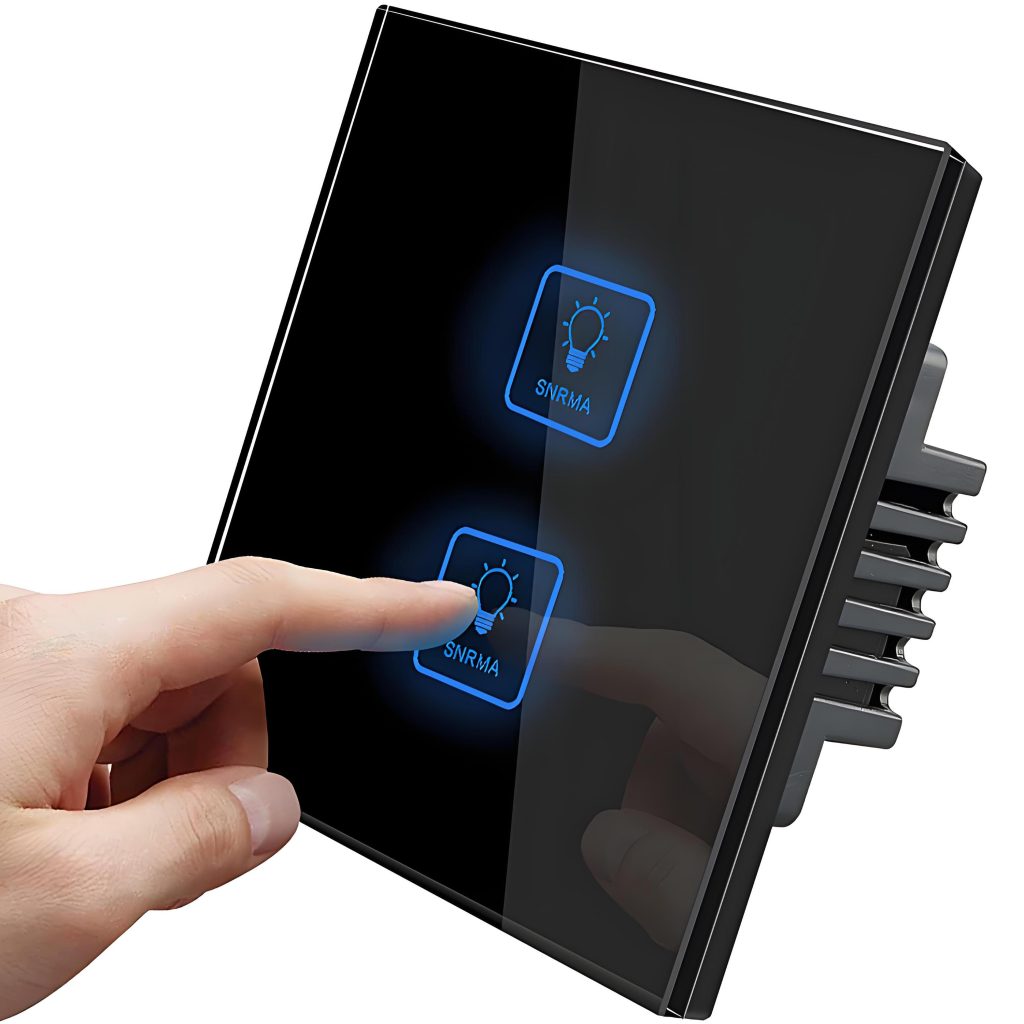
- Home appliance control: Touch switches are also widely used in many home appliances. Touch operation is simple, safe to use, energy-saving and environmentally friendly.
- Security control: Touch switches can also be used in the security field, providing safe and fast opening and closing methods to ensure family safety.
- Audio control: In the audio field, touch switches can be used to adjust the volume, timbre, sound effects and other parameters of the audio, which is convenient and practical.
In summary, as an operating interface widely used in electronic equipment, instrumentation, industrial control and other fields, membrane switches have the advantages of flat design, light touch operation, waterproof and dustproof, multi-functional integration, etc., and excel in operational convenience. With the continuous development and innovation of science and technology, the operational convenience of membrane switches will continue to improve.
How to clean silicone rubber? Silicone Rubber Membrane Switch
How to clean silicone rubber? To clean the silicone rubber membrane switch, use a mild detergent and a soft cloth. First, turn off the power and remove the keycaps. Use a slightly damp soft cloth to gently wipe the switch and surrounding areas to remove dust and stains. If the stains are stubborn, wipe with ...
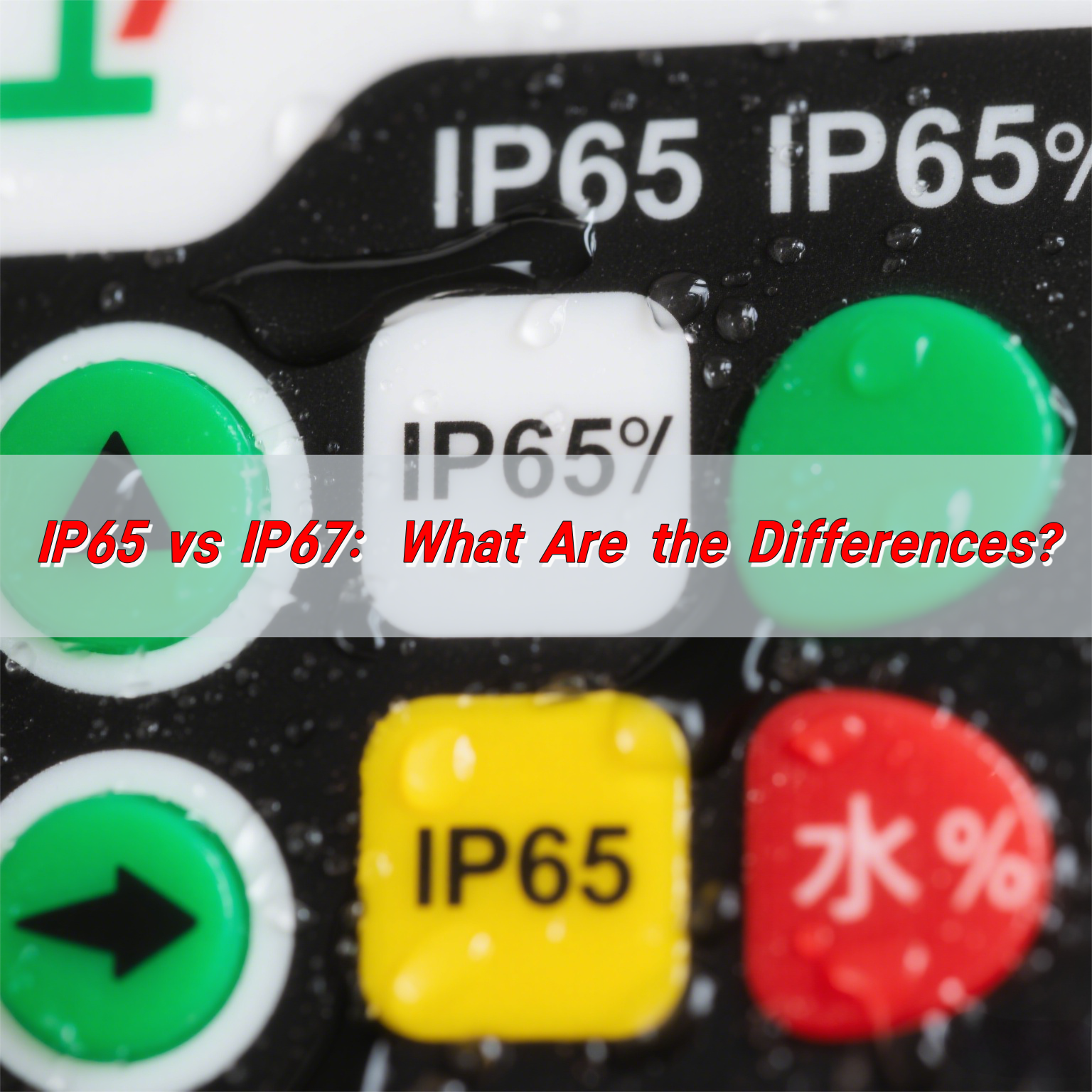
IP65 vs IP67: What Are the Differences?
IP65 vs IP67? The IP65 protection level provides complete dust protection for the device and can withstand low-pressure water jets from all directions, making it suitable for ordinary outdoor environments. Based on this, IP67 allows the device to be immersed in 1 meter of water for a short period of time (usually 30 minutes) without ...
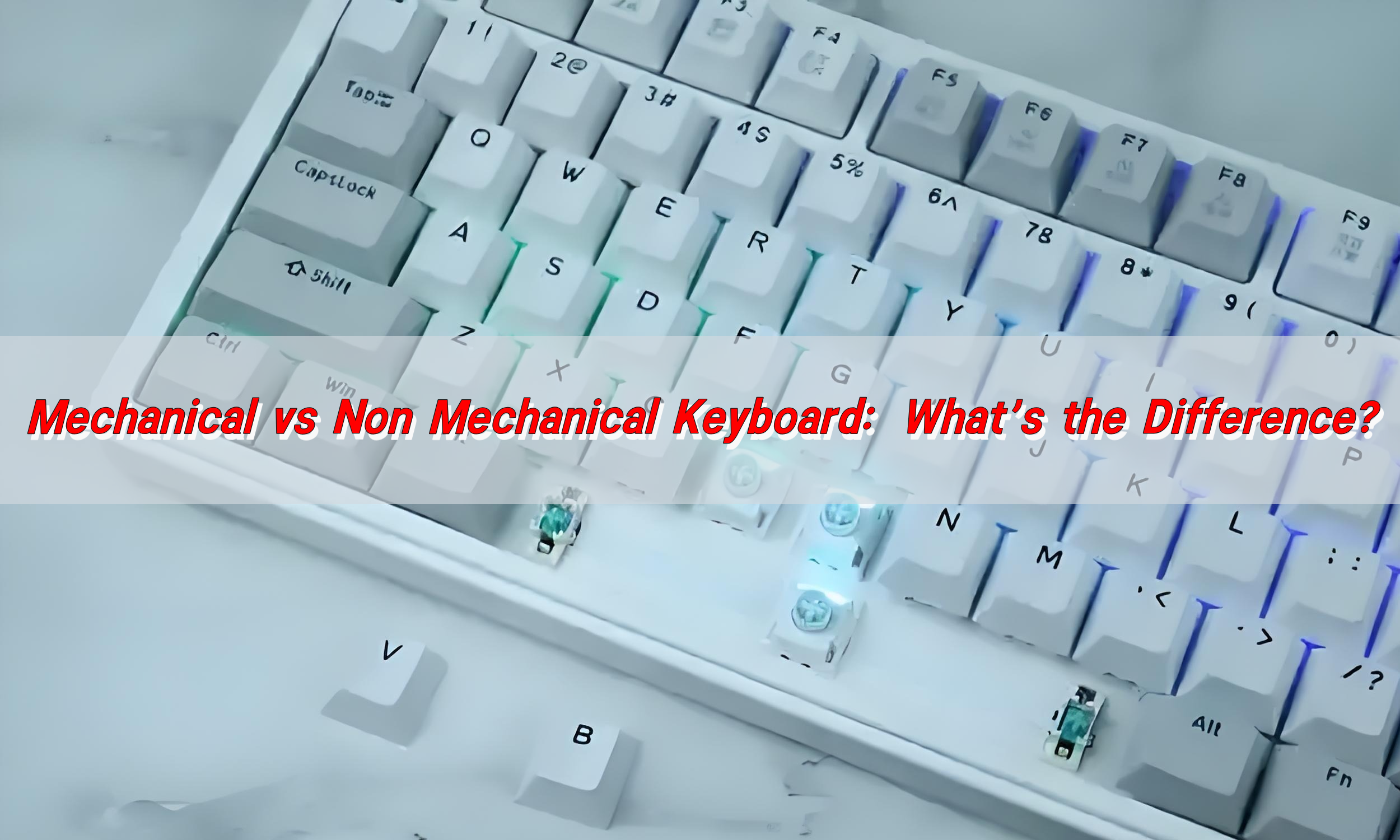
Mechanical vs Non Mechanical Keyboard: What’s the Difference?
The main differences between mechanical keyboards and non-mechanical keyboards (such as membrane keyboards) are structure, feel, durability and sound. Each key of a mechanical keyboard has an independent switch, providing a clear feel and tactile feedback, strong durability, louder sound, and is suitable for gamers. Non-mechanical keyboard keys contact the circuit board through a rubber ...
Contact us online